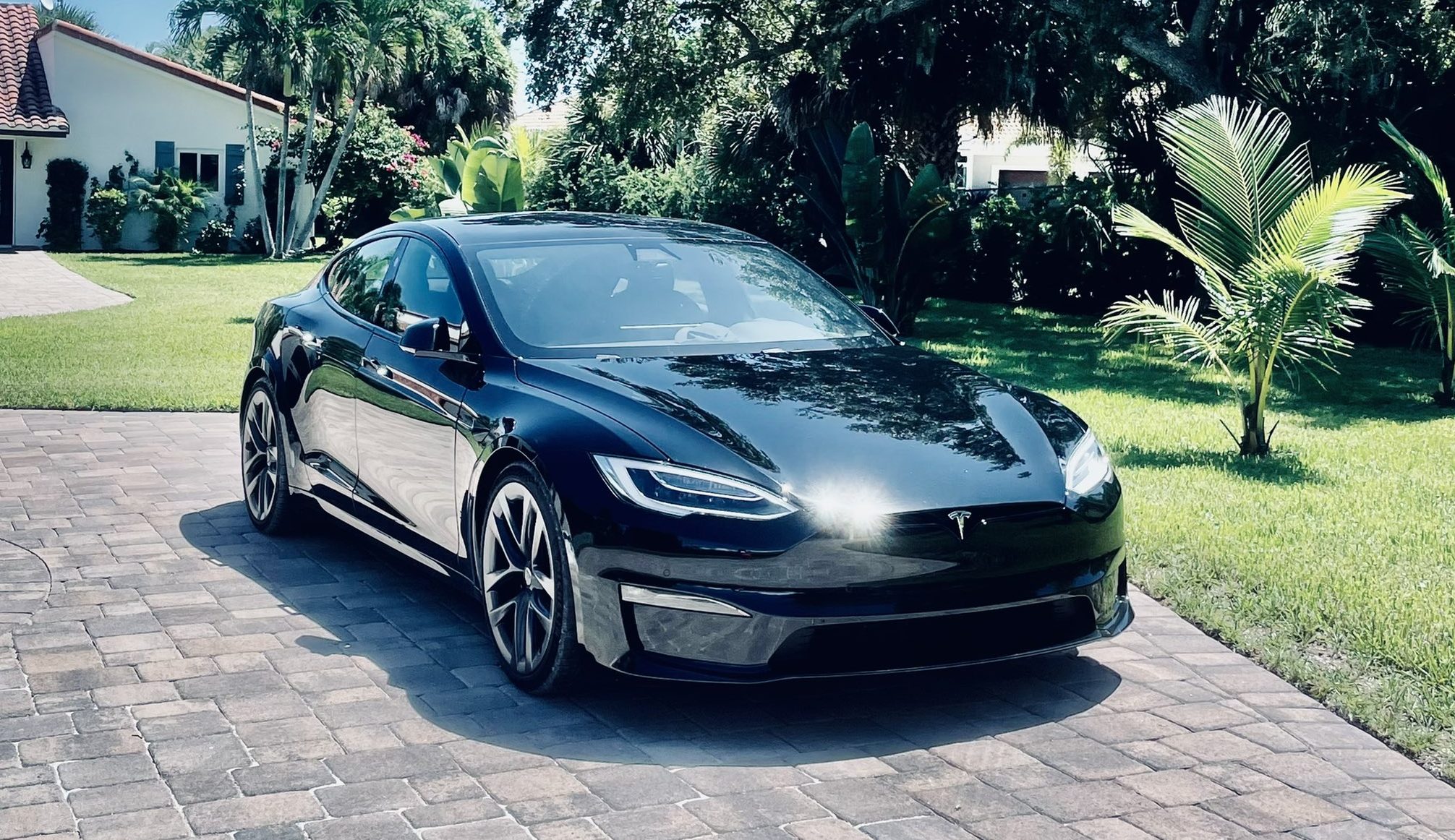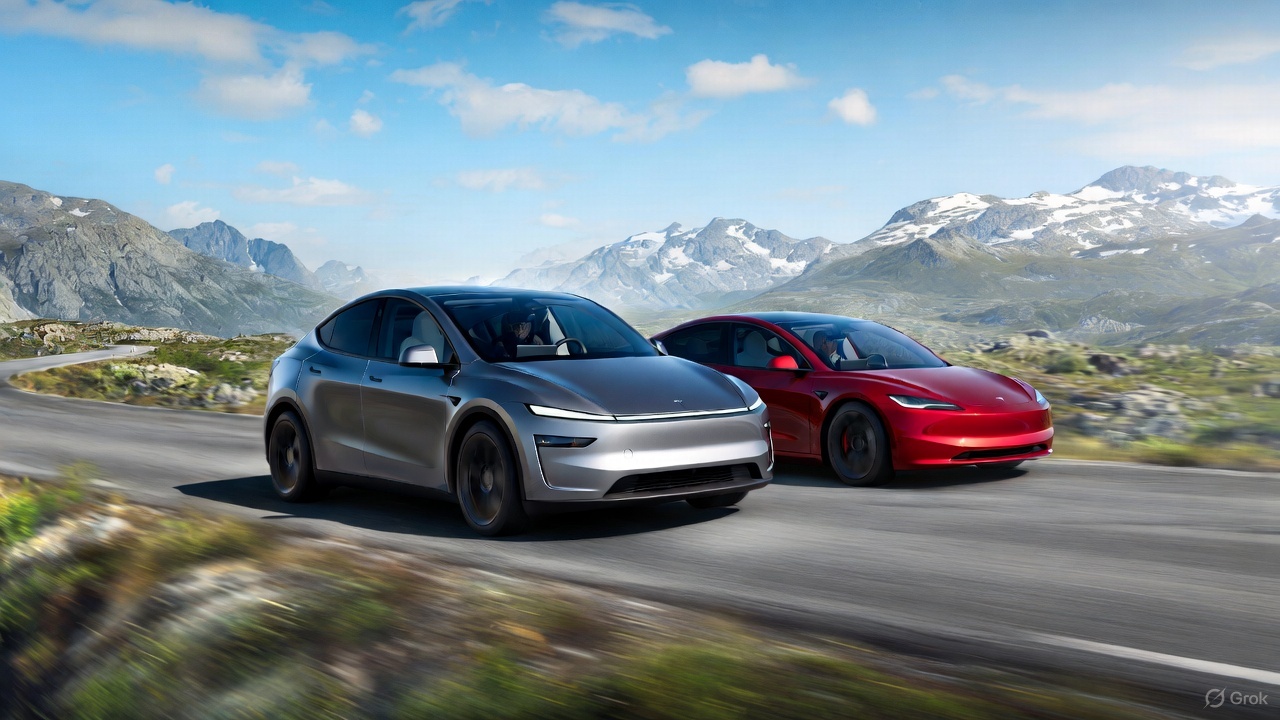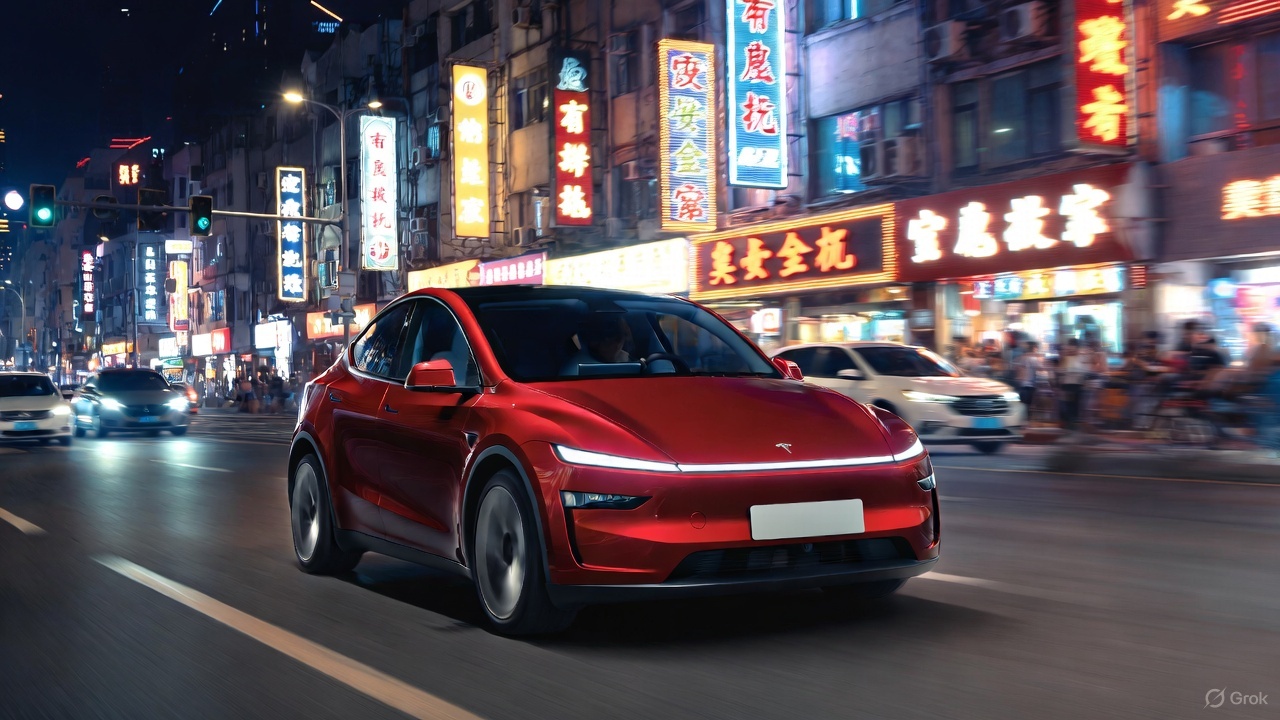

News
Tesla Model S and Model Y proudly take their place among Euro NCAP’s “Best-in-Class” cars
It’s been over ten years since the Tesla Model S was released, but the all-electric vehicle is still setting the benchmark for safety among its peers. This was recently highlighted in the Euro NCAP’s list of “Best in Class” cars for 2022, which included the Model S sedan and the Model Y crossover.
As noted by the Euro NCAP, star ratings cannot really be compared directly between different categories of vehicles. With this in mind, a “Best in Class” list is published to show which vehicles truly shine within their respective segments. The Euro NCAP’s “Best in Class” comparison is made within each calendar year and it allows vehicles to be evaluated against the same standards. This is quite useful as the requirements for the Euro NCAP’s star ratings are tougher each year.
Euro NCAP announces the best-in-class results for 2022: including two cars @Tesla and two Chinese cars showing the importance of the Euro NCAP 5-star rating as a flag bearer for safety and quality. @hyundai_global @GWM_ORA_Europe #WEY #WEYCoffee01#ForSaferCars #bestinclass pic.twitter.com/U8val6qYr9
— Euro NCAP (@EuroNCAP) January 11, 2023
To determine which vehicle is “Best in Class,” the Euro NCAP calculates the weighted sum of the scores in several areas of safety assessments: Adult Occupant, Child Occupant, Pedestrian, and Safety Assist. This sum would then be used as the basis for the comparison of vehicles within their segments. It should be noted that cars qualify for “Best in Class” based only on their ratings with standard safety features and equipment. Additional safety features and functions that are offered as options are not considered for the Euro NCAP’s “Best in Class” rankings.
Euro NCAP announces that the Tesla Model S wins the best-in-class award for 2022 in the Executive Car category and in the Pure Electric category 👏👏👏
Cars of 2022 👉https://t.co/I0fuOZZnqM#ForSaferCars #bestinclass #Tesla #TeslaModelS @Tesla #executivecar #electriccar pic.twitter.com/1gkefpSjFW
— Euro NCAP (@EuroNCAP) January 11, 2023
This is likely one of the reasons why the Tesla Model S and Model Y truly performed excellently in their classes. Tesla tends to keep its safety systems standard on its vehicles, with only advanced features such as Enhanced Autopilot and Full Self-Driving being additional options for customers. It was then no surprise that the Tesla Model S was deemed “Best in Class” for 2022 for both the Euro NCAP’s “Executive Car” and “Pure Electric” categories. Considering the increasing number of competitors in the market, this is a remarkable feat for the Model S.
Euro NCAP announces that the Tesla Model Y wins the best-in-class award for 2022 in the Small Off-Roader category 👏👏👏
Press Release 👉https://t.co/yRBS34ROJd
Cars of 2022 👉https://t.co/I0fuOZYPBe#ForSaferCars #bestinclass #Tesla #TeslaModelY @Tesla #smalloffroader pic.twitter.com/TT5a4fwasd— Euro NCAP (@EuroNCAP) January 11, 2023
The Model Y, on the other hand, was deemed “Best in Class” in the Euro NCAP’s “Small Off-Road” segment. This is quite interesting, considering that the Model Y is hardly an “off-road” vehicle. But compared to other crossover SUVs in its class, the Model Y’s safety is arguably a notch above. This was exhibited recently in a shocking incident that involved a Model Y falling 250 feet off a cliff at Devil’s Slide in California. The vehicle was carrying a family of four, including two children, during the incident — which police later noted seemed intentional. Rescuers who responded to the crash were shocked to find the two children with only minor to moderate injuries. Both adults survived as well, and the father, who was driving, is expected to be arrested when he leaves the hospital.
Model S & Model Y received the highest overall safety scores among every vehicle tested by EuroNCAP in 2022 pic.twitter.com/3RgxHFXYvq
— Tesla (@Tesla) January 11, 2023
The Euro NCAP’s press release discussed Tesla’s stellar performance in safety.
“Tesla has made a huge impact on the European car market due to its design and ethos. The company has also been determined to make a name for its brand in safety performance. Tesla Model S and Tesla Model Y are both high achievers in Adult Occupant Protection and both vehicles achieved the highest score of 98% in Safety Assist of all the vehicles in this list. Tesla Model S is also the best in class achiever in the Pure Electric category,” the agency wrote.
Don’t hesitate to contact us with news tips. Just send a message to simon@teslarati.com to give us a heads up.

News
Tesla FSD earns high praise in South Korea’s real-world autonomous driving test
As per the Korea Expressway Corporation’s report, the FSD test was conducted on December 15, 2025, from 10 a.m. to 6 p.m.

Tesla’s Full Self-Driving (FSD) has received a bullish assessment from the Korea Expressway Corporation following a real-world autonomous highway driving test.
A report of the test, shared on Naver Cafe, showed high praise for the system’s safety, capabilities, smooth maneuvers, and confidence.
South Korean highway test
As per the Korea Expressway Corporation’s report, the FSD test was conducted on December 15, 2025, from 10 a.m. to 6 p.m. Four people were in the Tesla that was tested, including the head of the mobility department. All four FSD driving modes were tested, from “Sloth” to “Mad Max.”
To test FSD’s performance, the system was tasked to operate on highways such as Gyeongbu, Cheonan, and Cheonan-Nonsan, as well as city areas in Dongtan New Town, Sejong Special City, and Daejeon Metropolitan City, among others.
Since FSD is only available for the Tesla Model S and Model X that are imported to South Korea from the United States, the system was not tested in a Model 3 or Model Y, which comprise the majority of Teslas on the country’s roads today.
Highway test results
Results showed FSD performing well, both in inner-city roads and on highways. In inner city roads, the testers noted that FSD was capable of autonomous driving at a level that already exceeds that of general human drivers, except in very few areas, such as unprotected left turns and work zone intersections.
In highways, the testers described FSD’s performance as “excellent,” though the system still showed frequent cases of violations in local bus lanes and max speed limit rules. These, however, could hopefully be addressed by Tesla in a future FSD update without many issues. The testers also noted that in some parts of the test, FSD seemed to be driving autonomously in accordance with traffic flow rather than strict traffic rules.
테슬라 Fsd 고속도로 자율주행 테스트 결과 보고 by Simon Alvarez
News
Tesla claims nearly 20% market share as Norway sets new car sales record
Tesla captured roughly one in five new cars in Norway, highlighting its dominance in the world’s most EV-friendly market.

Norway shattered its all-time new car sales record in 2025, and Tesla emerged as the clear winner. A year-end rush ahead of higher EV taxes pushed registrations to nearly 180,000 vehicles, with electric cars accounting for 96% of sales.
Tesla captured roughly one in five new cars in Norway, highlighting its dominance in the world’s most EV-friendly market.
Norway’s EV rush
As noted in a CarUp report, Norway’s electric vehicle sales in 2025 surged, thanks in part to buyers rushing ahead of a post–new year VAT increase of roughly 50,000 kronor on many new electric cars. This ended up pulling demand forward and setting a national record with almost 180,000 registrations in 2025.
The result was unprecedented. From the vehicles that were sold in 2025, 96% of new cars sold were fully electric. And from this number, Tesla and its Model Y made their dominance felt. This was highlighted by Geir Inge Stokke, director of OFV, who noted that Tesla was able to achieve its stellar results despite its small vehicle lineup.
“Taking almost 20% market share during a year with record-high new car sales is remarkable in itself. When a brand also achieves such volumes with so few models, it says a lot about both demand and Tesla’s impact on the Norwegian market,” Stokke stated.
Tesla domination
Tesla led all brands in Norway with 34,285 registrations, which is equal to a 19.1% market share. These results place Tesla well ahead of Volkswagen and Volvo, which held a 13.3% and 7.8% market share in 2025, respectively.
On the model chart, Tesla’s strength was even clearer. The Tesla Model Y topped all vehicles with 27,621 registrations, accounting for 15.4% of the entire market. The Tesla Model 3 also ranked among the top five, accounting for 3.7% of Norway’s entire auto sales in 2025.
Other strong performers included Volkswagen’s ID.4 and ID.7, Toyota’s bZ4X, which commanded 4.9%, 3.9%, and 4.1% of Norway’s total sales in 2025, respectively.
News
Tesla China sees 2nd-best month ever by selling 97,171 vehicles wholesale in December
The results mark Tesla China’s second-highest monthly result on record, trailing only November 2022’s 100,291 units.

Tesla posted a sharp year-end rebound in China last month, with December’s wholesale figures climbing to their second-highest level to date.
The surge capped a late-year recovery for the electric vehicle maker, even as full-year wholesale figures still finished lower year over year. Still, the data highlights how Tesla China’s offerings still resonate with customers in the world’s most competitive electric vehicle market.
Tesla China’s December surge
Tesla China sold 97,171 vehicles wholesale in December, as per data from the China Passenger Car Association (CPCA). The results mark Tesla China’s second-highest monthly result on record, trailing only November 2022’s 100,291 units, based on data compiled by CNEVPost. The details of Tesla China’s December results, such as its domestic sales and exports, are yet to be released.
December’s wholesale results represent a 3.63% increase from the same month last year and a 12.08% jump from November’s 86,700 units. It also marked the second consecutive month of year-over-year growth, signaling renewed momentum in China.
Tesla’s late-year momentum is believed to be partly driven by Tesla pulling deliveries forward to allow buyers to take advantage of more favorable purchase tax policies before the calendar year ended. That strategy helped boost monthly performance even as competition in China’s EV market remained intense.
Tesla China’s FY 2025 volumes
Despite the strong December finish, Tesla China’s wholesale sales declined on an annual basis. The electric vehicle maker’s total wholesale figures for 2025 reached 851,732 units, down 7.08% year over year. This could have been due to a variety of factors, from intense competition in the domestic Chinese market to Giga Shanghai’s changeover to the new Model Y in the early part of the year.
Tesla Gigafactory Shanghai continues to play a central role in its global operations, producing the Model 3 sedan and Model Y crossover for both Chinese customers and export markets. The efficiency of Gigafactory Shanghai has allowed it to become Tesla’s largest factory by volume, as well as the company’s primary vehicle export hub.







